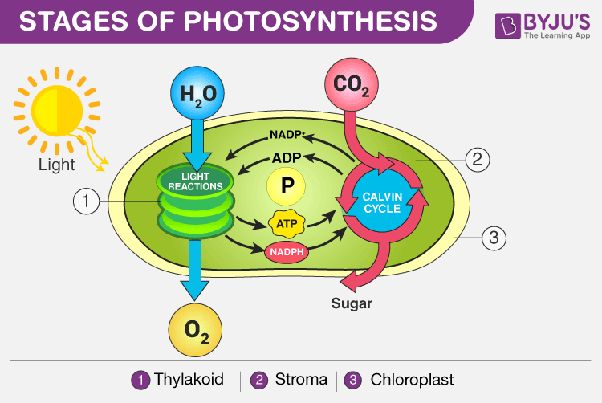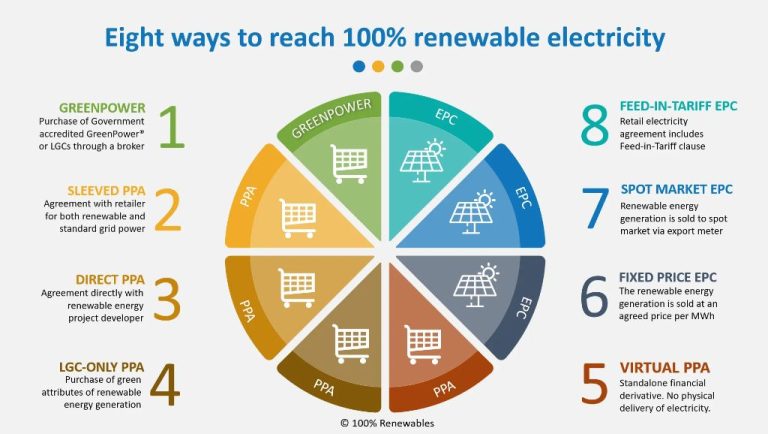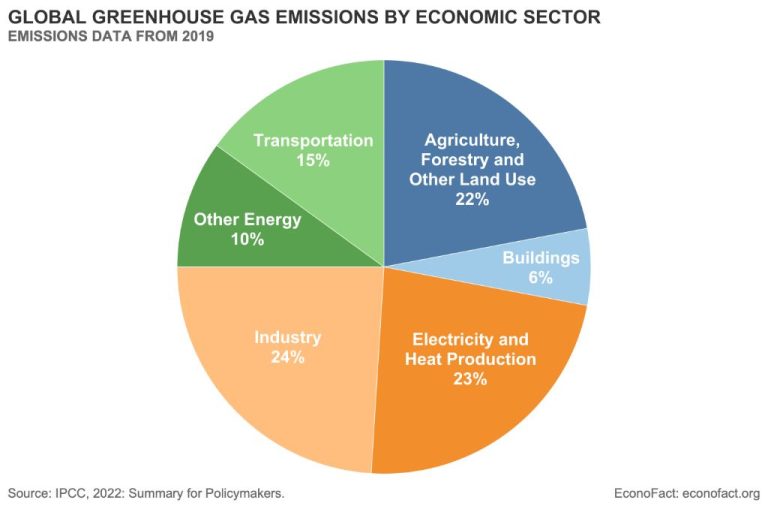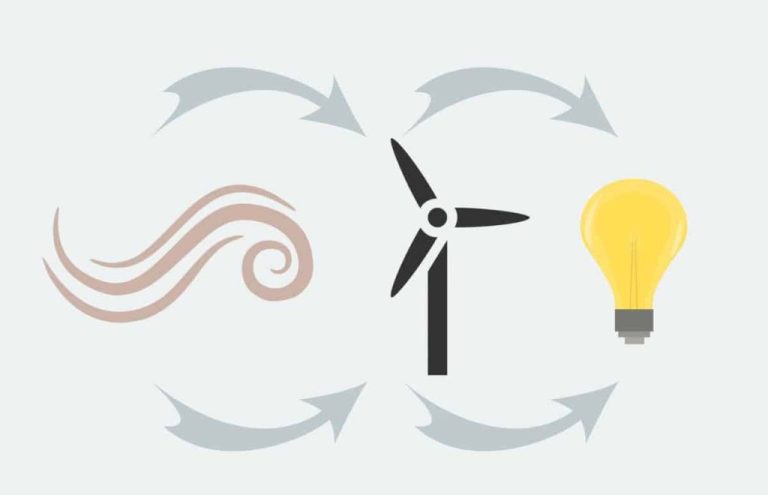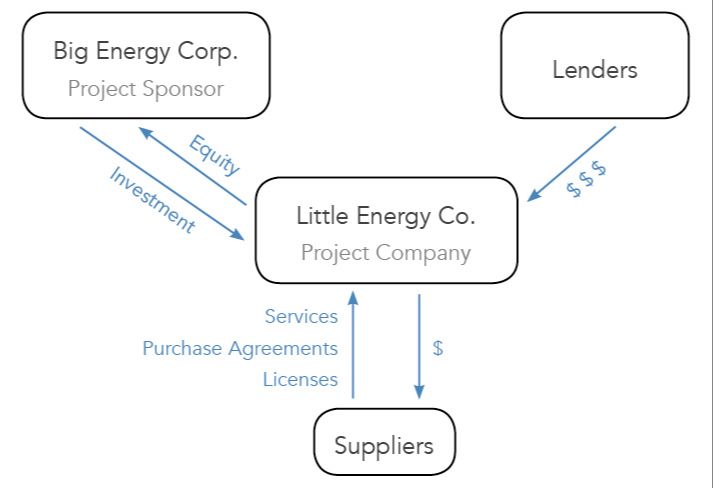Is Renewable Energy Always Available?
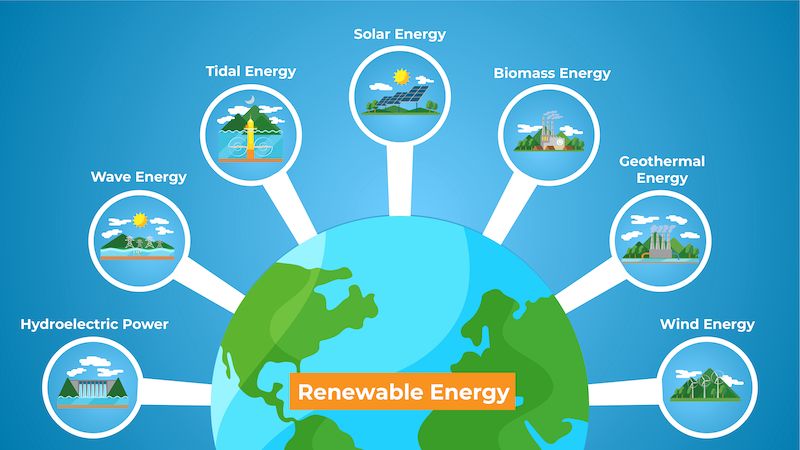
Renewable energy comes from natural sources that are constantly replenished, such as sunlight, wind, water, plants, and geothermal heat. Unlike fossil fuels, renewable energy is available in unlimited amounts if properly harnessed. This makes renewable energy critical for meeting the world’s energy needs in a sustainable way without further contributing to climate change. However, a key challenge with renewable energy is that the availability of resources like sunlight and wind can fluctuate based on location, weather, time of day, and seasons. This intermittency affects how much renewable energy can be captured and used at any given moment. Understanding the availability and reliability of renewable energy is crucial for integrating high levels of renewables onto power grids and ensuring a stable energy supply.
This article explores the question: Is renewable energy always available? We will examine the availability profiles of major renewable energy sources like solar, wind, hydropower, geothermal and bioenergy. The article also discusses energy storage and transmission solutions for balancing renewable energy supply with electricity demand.
Solar Energy
Solar energy relies on sunlight to generate electricity, which means its availability depends heavily on weather and environmental conditions. Solar panels work by converting sunlight into direct current electricity. But solar irradiation levels vary throughout the day and change with seasons (Save on Energy). This can impact energy output and create variability in solar power generation.
Solar power production peaks when sunlight is most intense – during midday hours on clear, sunny days. Output diminishes when it’s cloudy, rainy, or snowy as less sunlight reaches the solar panels. Solar generation drops to zero at night. These fluctuations create challenges for relying on solar as a consistent energy source (Fuergy).
Seasonal changes also impact solar energy availability. In summer, long daylight hours and high sun angles lead to greater solar irradiation. But in winter, shorter days and lower sun angles result in less solar resource. Solar output can decrease by up to 75% in winter versus summer in some regions (Harvard Business Review).
Overall, solar power has excellent potential but depends heavily on favorable weather and sunlight conditions. Addressing its intermittent generation remains an important issue for increasing solar’s contribution to renewable energy supplies.
Wind Energy
While wind energy is an increasingly significant renewable energy source, it is intermittent in nature since it relies on the weather patterns and wind speeds at specific locations (Windexchange.energy.gov)
The availability and capacity factor of wind energy varies greatly by geographic region. Wind speeds are higher and more consistent over open areas, along coastlines, on hilltops, and in gaps in mountain ranges. This results in certain regions like the great plains of the central United States being more suitable for wind power generation than others (Eia.gov).
According to data from Ourworldindata.org, as of 2019 the top regions for wind power generation globally were Asia (57% of total), Europe (25%), North America (13%), Latin America (3%), and Africa & Middle East (2%). In the U.S., the central plains states like Texas, Oklahoma, Kansas, and Iowa have the highest wind power capacity.
The growth and adoption of wind power has increased rapidly, but its variability and intermittency can make it challenging to balance supply and demand on the electric grid. Methods like energy storage, interconnections between diverse wind regimes, and sophisticated forecasting are needed to maximize the value of wind as a renewable resource.
Hydropower
Hydropower relies on sufficient rainfall and flows in rivers to generate electricity. During droughts, hydropower capacity and generation can decrease substantially. According to a source, “an electric utility with reduced hydropower capacity during drought will have less electricity to sell (reduced revenues)” (https://agupubs.onlinelibrary.wiley.com/doi/full/10.1029/2021WR029747). Hydropower output also varies seasonally, with higher output in wet seasons and lower output in dry seasons.
The reliance on precipitation and river flows makes hydropower vulnerable to droughts and climate change impacts on precipitation patterns. Multi-year droughts can significantly reduce hydropower generation over consecutive dry years. For example, the California drought from 2012-2016 reduced hydropower generation in the state by almost half in the critically dry years of 2014 and 2015 compared to the 20-year average (https://www.researchgate.net/figure/Water-risk-response-decision-framework-for-businesses_fig3_239523336).
To manage variability and drought vulnerability, hydropower operators try to maintain minimum reservoir levels and capacity. However, extended droughts can still lead to critically low reservoir levels and power shortages. Overall, the intermittent nature of hydropower generation makes incorporating other renewable sources like solar and wind important for reliable renewable electricity.
Geothermal
Geothermal energy has excellent base load capabilities and high capacity factors compared to other renewable energy sources. According to a research paper from Academia.edu, “Capacity factors of geothermal energy range between 70-90% compared to 12-27% for solar PV.”[1] This means geothermal power plants can provide consistent, reliable energy production around the clock.
However, geothermal is limited by location dependence. Viable geothermal resources require adequate subsurface heat and permeability at accessible drilling depths. According to an article from Actapress, “Capacity factors for electricity generation for different renewable energy sources worldwide are: geothermal 0.71, hydro 0.42, solar PV 0.24.”[2] While geothermal capacity factors are excellent, the resource is only available at sites with adequate geothermal reservoirs.
Bioenergy
Bioenergy relies on biomass feedstocks like crops, agricultural and forestry residues, and organic waste. The availability of these biomass resources can be limited due to dependence on growing seasons, crop yields, and sustainable harvesting practices (https://www.ieabioenergy.com/wp-content/uploads/2013/10/The-Availability-of-Biomass-Resources-for-Energy-Sumamry-and-Conclusions.pdf). Transporting and processing large volumes of biomass also poses logistical challenges. According to a study, excessive biomass removal may detrimentally impact soil fertility, biodiversity, and other ecosystem functions (https://www.sciencedirect.com/science/article/pii/S0961953498000506). Overall, the variability in biomass feedstock availability coupled with supply chain constraints can impact the reliability of bioenergy generation.
Energy Storage
Energy storage plays a critical role in addressing the variability and intermittency of renewable energy sources like solar and wind power. Since the sun isn’t always shining and the wind isn’t always blowing, energy storage provides a way to capture and store energy for later use when renewable generation is low. As noted in an article on LinkedIn, “Energy storage is the capture of energy for use at a later time to help better match energy supply and demand”[1].
There are several main types of energy storage used with renewable power:
- Pumped hydro storage – Stores energy by pumping water uphill into a reservoir then releasing it through hydro turbines when power is needed.
- Compressed air energy storage – Uses excess power to compress air in underground caverns which is released to generate electricity when needed.
- Batteries – Stores energy chemically in high-capacity battery systems that can rapidly charge and discharge.
Of these, batteries show particular promise due to their flexibility, scalability and decreasing costs. Lithium-ion batteries similar to those in electric vehicles are emerging as a leading storage technology for renewable energy. Pairing battery storage with solar panels, for example, allows excess energy to be stored during sunny hours for use at night. Energy storage helps smooth out renewable generation to better meet demand.
Distributed Systems
Distributed renewable energy systems refer to small-scale renewable generation technologies like rooftop solar panels or wind turbines that are installed locally and feed into the existing electricity grid. These distributed systems provide several key benefits compared to large, centralized power plants:
Redundancy and resilience: With many small distributed systems spread over a large area rather than a few large centralized plants, there is less vulnerability if one system goes offline. This makes the overall grid more reliable and resilient. The December 2015 Ukraine cyberattack demonstrated the vulnerability of centralized infrastructure.
Reduced transmission costs: Electricity from distributed systems is produced close to where it will be used, reducing the need for long transmission lines from distant power plants. This saves on the significant costs and energy losses of long-distance transmission and distribution.
Reduced variability: Combining many diverse small-scale renewable sources helps smooth out the natural variability of solar and wind generation. For example, if cloud cover reduces output from some solar panels, other panels may be unaffected. This helps mitigate renewable intermittency challenges.
According to the Distributed Renewable Energy Benefits report, distributed solar photovoltaics could provide over 50% of global electricity consumption by 2040, highlighting the major role distributed systems can play in decarbonization.
Interconnections
Larger interconnected grids allow multiple regions to share electricity, which can help smooth out variability and intermittency of renewable energy generation. Areas with excess renewable generation at a given time can export that electricity to regions needing more power. This allows renewables to play a larger role across an entire interconnected system even if they are intermittent at any single location.
For example, large-scale wind and solar farms spread across a wide geographic area are unlikely to all experience low output simultaneously. Interconnecting power from these dispersed sites makes their combined output more reliable. Studies show that interconnecting wind and solar generation over hundreds of miles can reduce total variability by 30-60%.
Interconnections also allow sharing of dispatchable resources like hydroelectric dams or natural gas plants, which can ramp up when renewable output is lower. Coal plants and nuclear generators provide baseload power. This mix of generation types working together contributes to a more stable and resilient electric grid across a large interconnected region.
High voltage DC transmission lines are often used for interconnections between grids. These long distance lines can efficiently transport renewable energy hundreds of miles from where it is generated to areas of demand. Continued deployment of transmission for greater interconnection between regions will enable higher shares of renewables. According to research, intercontinental transmission links could allow nearly 100% renewable electricity globally.
Conclusion
In summary, renewable energy sources like solar, wind, hydropower and geothermal have variability and intermittency challenges that need to be addressed to ensure availability. Solutions involve developing robust forecasting models, interconnecting diverse renewable sources over large geographic regions, building energy storage and implementing demand management techniques. Recent advancements in battery technology, smart grids and predictive analytics are making renewables more viable as baseload power. Looking ahead, renewables coupled with storage will likely dominate future energy systems. However, full decarbonization requires continued innovation and investment. According to a 2021 study, optimizing renewable energy availability involves forecasting production using historical data and predictive models.

